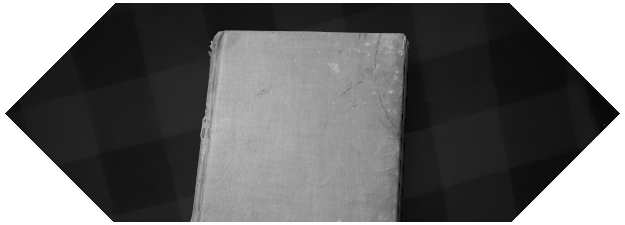   “ Stories, fragments of days forgotten. The chronology of the thoughts and ideas of time gone by. Something fleeting, like a memory, which does not belong to us. Yet, strangely familiar, like a dream, although we know from not where. A faint glimmer of before the before and after the after. A tapestry of lives lived, places remembered, battles won and names lost to time. ” |










